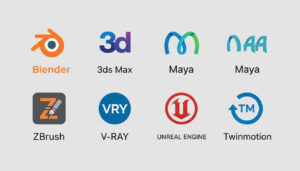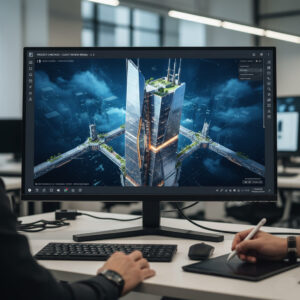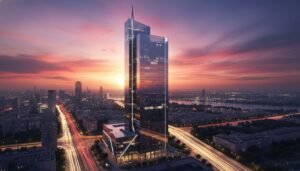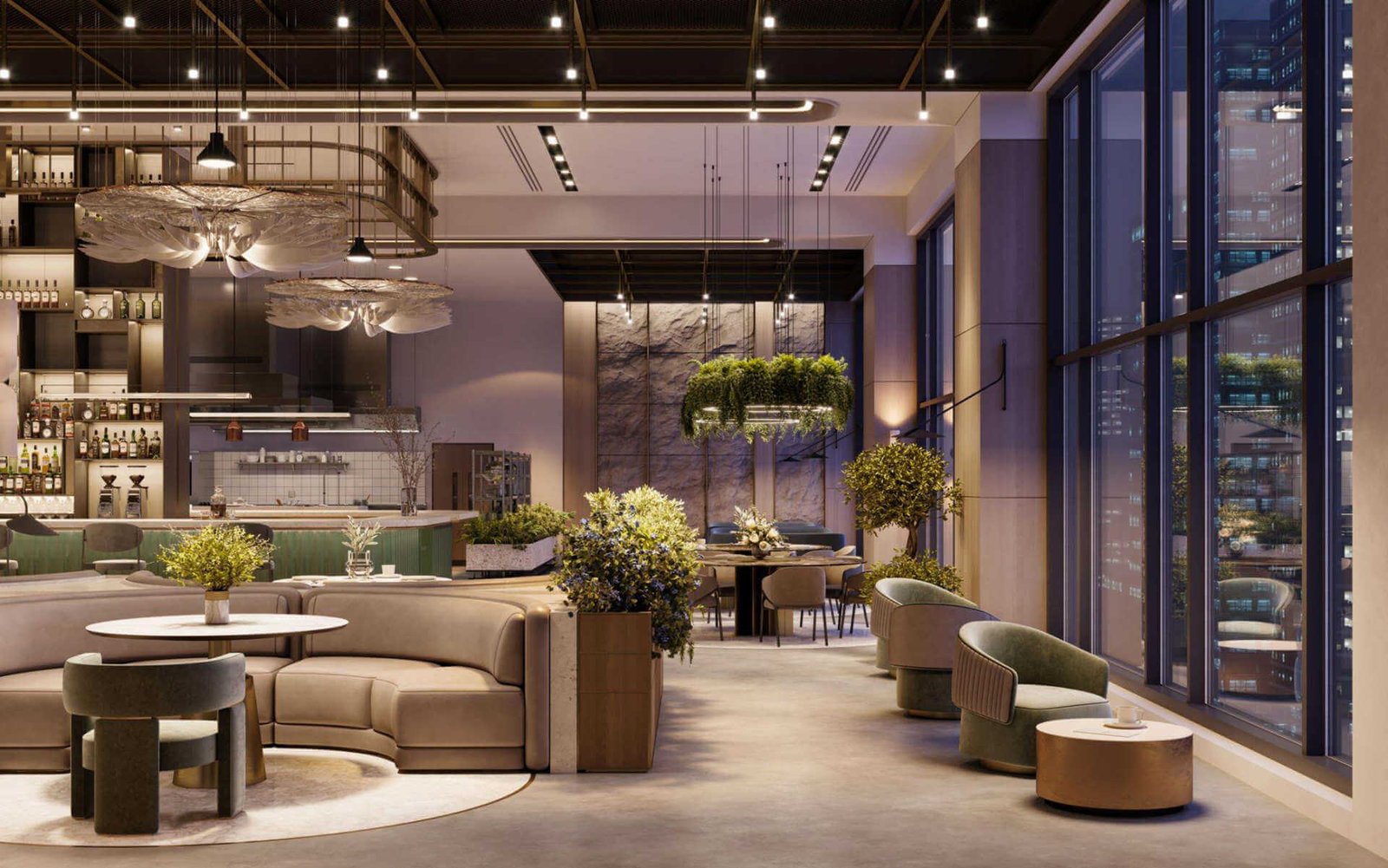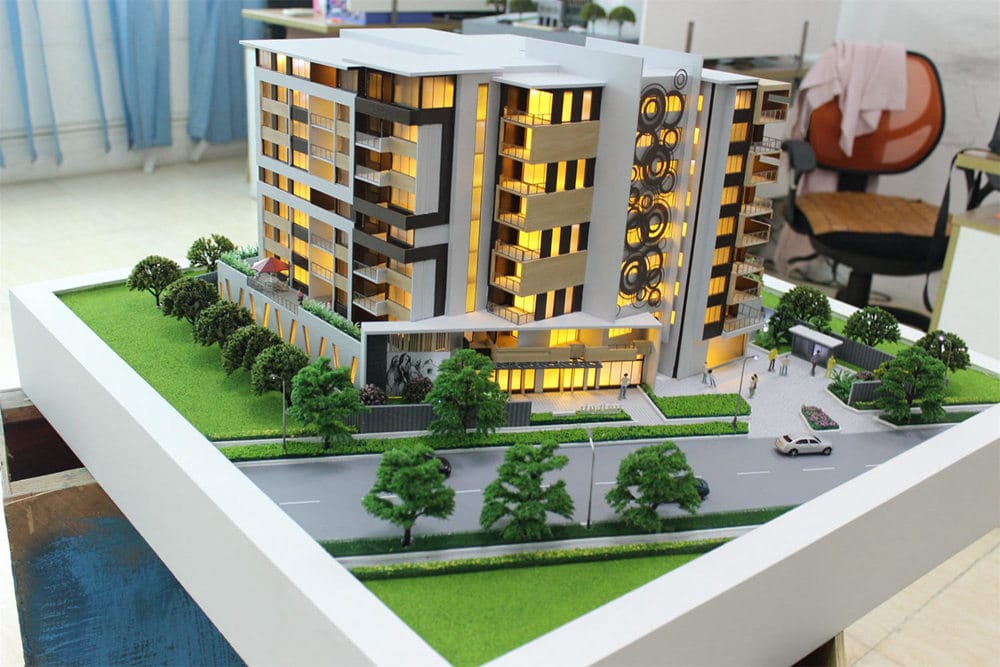The Ultimate Guide to High-End Architectural Models: A Handbook for Architects, Developers, and Design Professionals
A groundbreaking design deserves more than a mediocre presentation. In a world saturated with digital renders, a masterfully crafted physical model remains the most powerful tool for conveying vision, securing investment, and closing sales. It transforms an abstract idea into a tangible reality you can touch and explore. But how do you ensure your model becomes a project’s greatest asset, not its weakest link?
This comprehensive guide is for you. Whether you’re an architect preparing for a design competition, a real estate developer launching a new flagship property, or a procurement manager tasked with finding a world-class model-making partner, we’re here to demystify the entire process.
You will learn everything you need to know—from understanding the different model types and their strategic applications to navigating the intricate production process. Most importantly, you’ll discover how to select a reliable partner and manage global logistics seamlessly, ensuring your vision is brought to life with precision and artistry.
Table of Contents
Chapter 1: Why Are Architectural Models a Critical Investment in the Digital Age?
Even with photorealistic 3D renderings at our fingertips, physical models hold a unique and irreplaceable power. They bridge the gap between imagination and reality, offering an experience that no screen can replicate. They are not just representations; they are strategic communication tools that drive decisions and generate tangible returns.
How does a physical model create an emotional connection that renders can’t?
A physical model is an experience. Stakeholders, clients, and potential buyers can walk around it, see how light interacts with its form at different angles, and truly grasp the scale and spatial relationships of a project. This tangible interaction sparks conversation and creates a memorable, emotional connection. You can’t swipe past a physical model; you engage with it. This deep level of engagement is often the deciding factor in securing project approval or finalizing a major sale.
What is the ROI of a high-quality architectural model?
Thinking of a model as a cost is a mistake. It’s a high-yield investment. The value it generates far outweighs its initial price, a topic we explore deeply in our supporting article, “Unpacking the 5 Key Factors of Architectural Model Pricing.”
- For Developers: A stunning sales model is your most effective marketing weapon. Placed in a sales gallery, it becomes a focal point that accelerates sales cycles, justifies premium property valuations, and captivates potential buyers. To learn how to maximize this, see our guide on how a top-tier real estate model can double your sales.
- For Architects: In a competitive bidding process, a detailed model can be the key differentiator that wins the contract. It communicates complex design ideas with absolute clarity, leading to faster client approvals and reducing the chance of costly misunderstandings down the line.
How do models help in identifying design flaws early?
A model is the ultimate design-proofing tool. Seeing a project in three dimensions often reveals unforeseen challenges that are easily missed on a 2D plan or a 3D render. Issues with sightlines, massing, circulation, or the interplay between different building elements become immediately apparent. The ability to find the perfect balance of scale and detail is crucial. Catching these issues at the model stage saves immense time and resources compared to making changes during construction.
Chapter 2: What Are the Different Types of Architectural Models? A Visual Glossary
Not all models are created equal. The right type of model depends entirely on its intended purpose. Understanding these differences is the first step toward commissioning a model that achieves your goals. Each type serves a distinct function, from broad-stroke conceptualization to fine-detail marketing.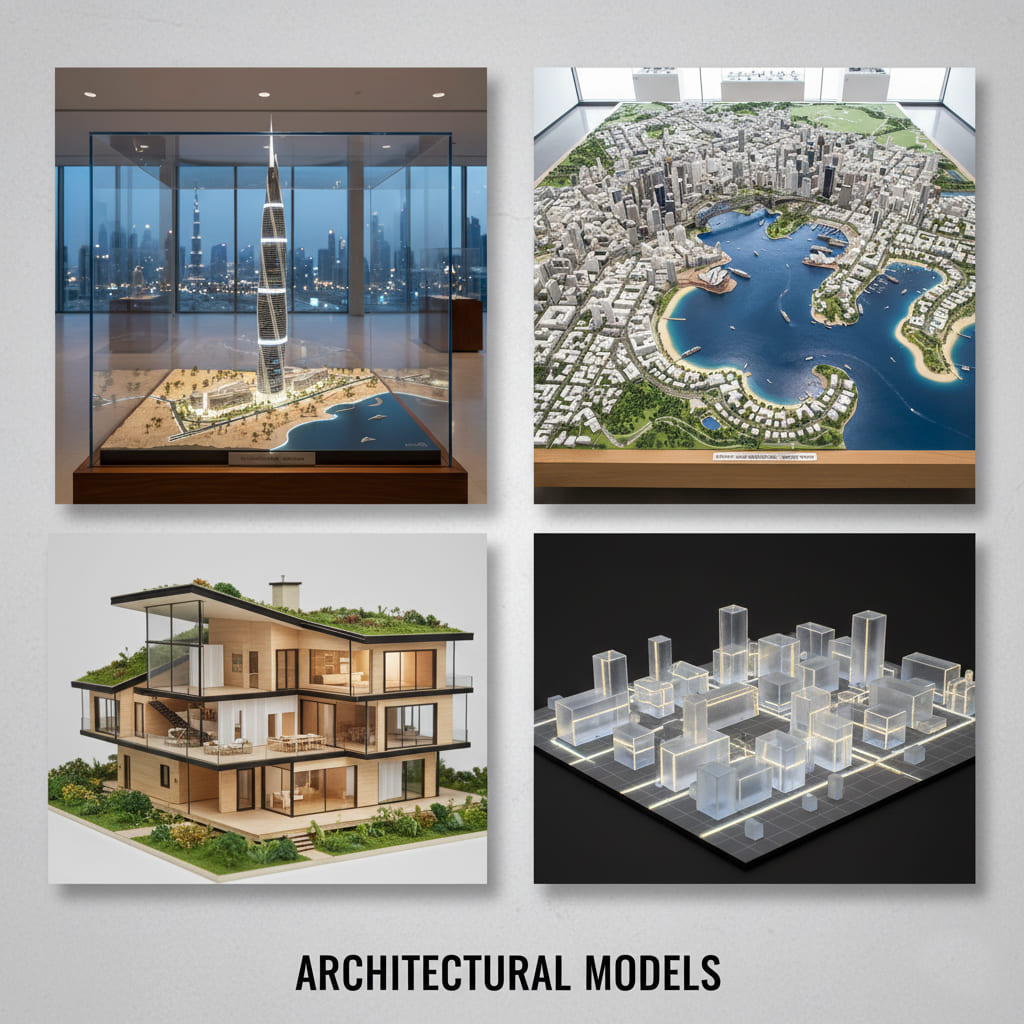
Presentation & Sales Models: The Marketing Powerhouse
This is the star of the show in any sales gallery. The primary goal of a presentation model is to sell a vision and evoke emotion. It’s all about realism, featuring detailed landscaping and accurate material textures. A key component is the strategic use of lighting in architectural models, which can simulate day and night cycles to create a dramatic effect. These models are meticulously crafted to help potential buyers envision themselves in the space.Masterplan & Urban Planning Models: Visualizing the Big Picture
When you need to showcase a large-scale development—like a new community, a university campus, or an entire city district—a masterplan model is essential. These models excel at showing the project’s context, including surrounding buildings, infrastructure, and green spaces. They are crucial tools for communicating with city planners and investors. To truly appreciate their power, explore our deep dive into the art of the masterplan model.Competition & Concept Models: Winning the Bid
In the early stages of design or during an architectural competition, the goal isn’t realism; it’s to communicate a powerful idea. Concept models are often more abstract, using a limited palette of materials to emphasize form, massing, and the core design intent. They are artistic statements designed to be memorable and persuasive. Discover how concept models make a winning impact in competitions in our dedicated article.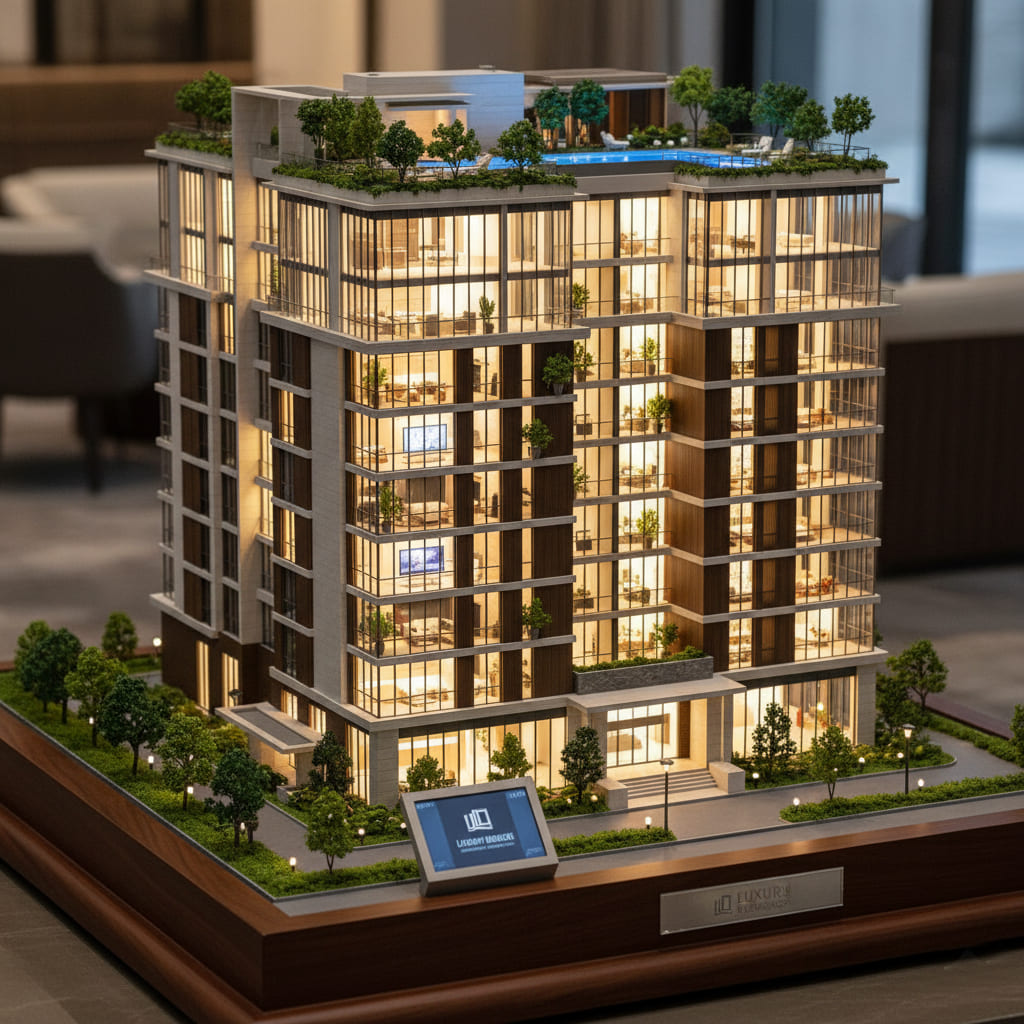
Interior Models: A Look Inside
While exterior models show the building, interior models sell the lifestyle. Often created at a larger scale, these models provide a detailed look at the spatial layout, furniture arrangements, and material finishes of a specific unit or key area. They are invaluable for luxury residential and hospitality projects where interior design is a key selling point.Structural & Industrial Models: Revealing What’s Beneath
Some projects require a look under the hood. Structural models reveal the skeleton of a building, showcasing its engineering. Industrial models are used to demonstrate a factory’s layout or a complex process flow. Here, technical accuracy and clarity are paramount, making them essential tools for engineering reviews and stakeholder presentations.| Model Type | Primary Purpose | Key Features | Typical Audience |
|---|---|---|---|
| Presentation/Sales | Marketing & Sales | High realism, detailed landscaping, lighting, fine materials | Real estate buyers, investors |
| Masterplan | Context & Planning | Large scale, shows surrounding context, infrastructure | City planners, developers, community groups |
| Competition/Concept | Communicating an Idea | Abstract, focuses on form and massing, often single-material | Competition juries, clients |
| Interior | Showcasing Space & Layout | Large scale, detailed furniture, materials, and lighting | Homebuyers, hotel operators |
| Structural/Industrial | Technical Demonstration | Exposed structures, cutaways, high technical accuracy | Engineers, technicians, stakeholders |
Chapter 3: The Anatomy of a World-Class Model: Our Step-by-Step Production Process Revealed
Transforming a set of drawings into a stunning physical model is a blend of advanced technology and timeless craftsmanship. At our 250-person facility, we’ve refined this process to ensure precision, transparency, and exceptional results. For a more granular look, you can view a look inside our step-by-step model making process. This is how we bring your vision to life.Phase 1: Consultation & Strategic Planning (Weeks 1-2)
Everything starts with a deep understanding of your goals. Step 1.1: What information do we need from you to start? To create a precise and actionable proposal, our project managers will work with you to gather all necessary files. Typically, this includes CAD files (DWG), 3D models (SketchUp, Revit), renderings, and material specifications. Step 1.2: How we create a precise, all-inclusive proposal. With your files and goals in hand, our expert team analyzes the project’s complexity, scale, and detail. We then provide a comprehensive proposal that outlines the full scope, a detailed timeline, and transparent pricing. No hidden surprises.Phase 2: Digital Preparation & Approval (Weeks 2-4)
Before any physical work begins, we build the model digitally. This crucial step ensures complete alignment and accuracy, and it’s a core tenet of our guide to managing overseas projects with zero obstacles. Step 2.1: Transforming 2D drawings into a 3D master file. Our skilled CAD technicians meticulously convert all your files into a single, highly detailed 3D master file. This file becomes the blueprint for every component of the model. Step 2.2: How do we ensure accuracy before production? We send you this master file for review and sign-off. This digital proofing process is your opportunity to double-check every detail. Only after receiving your signed approval do we move to the manufacturing phase.Phase 3: Precision Manufacturing & Assembly (Weeks 4-10)
This is where art meets technology. Our state-of-the-art facility combines automated precision with the irreplaceable skill of master artisans.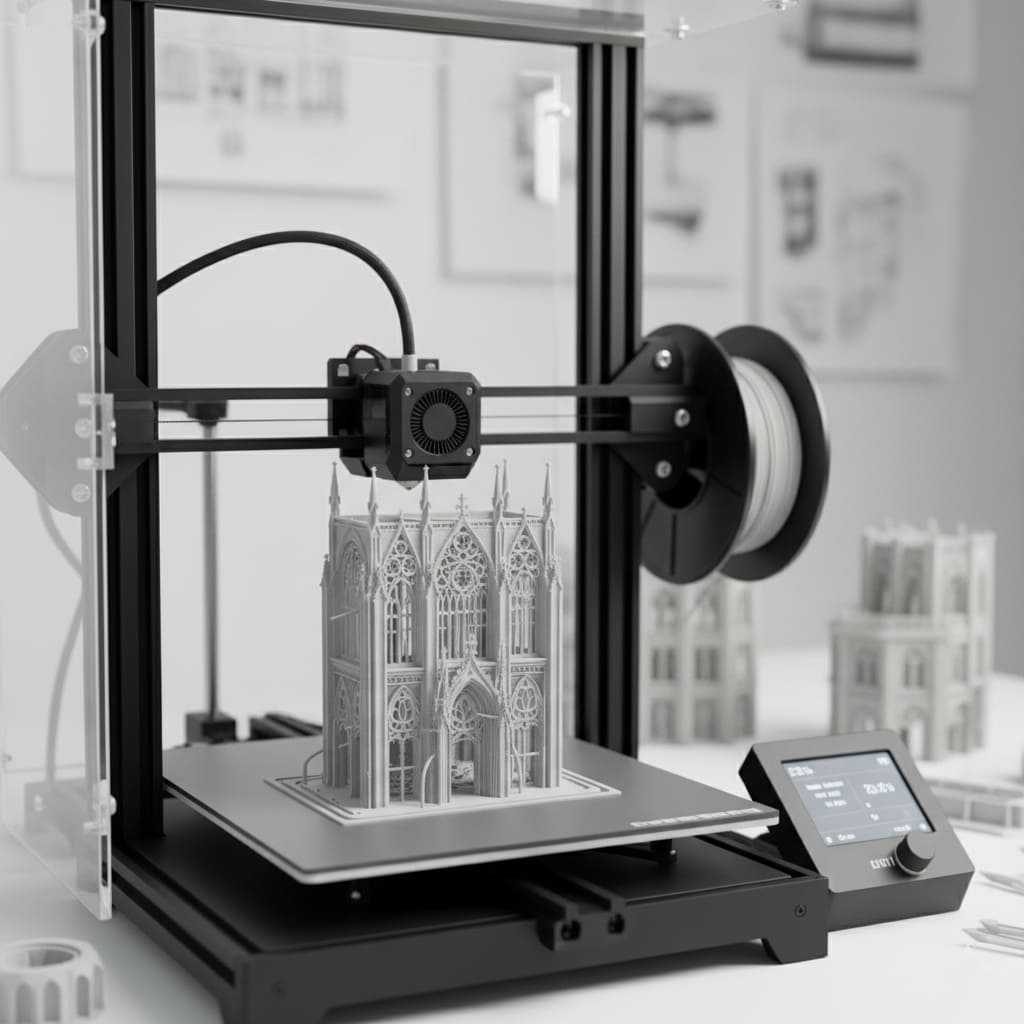
| Technology | Best For | Outcome |
|---|---|---|
| Laser Cutting & CNC Milling | Main structures, facade components, baseboards | Unmatched precision, perfectly clean edges, and rapid production of complex parts. |
| 3D Printing (SLA/SLS) | Complex geometries, intricate facade details, unique furniture | Creating otherwise impossible shapes and detailed components with high fidelity. |
| Hand Craftsmanship | Final assembly, landscaping, painting, fine details | The artistic touch that brings the model to life, ensuring a flawless, bespoke finish. |
Phase 4: Final Details, Quality Control & Global Shipping (Weeks 10-12)
The final touches and delivery are just as critical as the initial construction. Step 4.1: The art of finishing touches. Our specialists meticulously install wiring for lighting and add realistic textures. This includes learning the secrets of realistic model landscaping to create a true sense of place. Step 4.2: Our multi-point quality assurance checklist. Before anything leaves our facility, the model undergoes a rigorous quality control inspection to ensure 100% accuracy and perfection. Step 4.3: How do we pack a delicate model for a 10,000 km journey? We are experts in international logistics. Each model is secured in a custom-built, foam-lined flight case. This is all part of what we cover in the ultimate guide to safe international model shipping, ensuring your investment arrives in perfect condition.Chapter 4: How to Choose the Right Architectural Model Making Partner: A Buyer’s Checklist
Selecting a model maker is a critical decision. Your partner should be a trusted collaborator who understands your vision. We’ve created a list of 10 critical questions to ask before hiring a model maker to help you vet potential partners effectively.“The quality of your model is a direct reflection of your project’s quality. Choosing the right partner isn’t a line item; it’s a strategic decision.”
Question 1: How can I evaluate the quality of their past work?
A great portfolio is a must, but you need to look deeper. Ask for high-resolution close-ups to inspect the joinery, paint finish, and the sharpness of details. A confident firm will be happy to share this.Question 2: Does the company have the capacity for my project?
Ambitious projects require a team with significant resources. Ask about their team size, facility, and technologies. A large, well-equipped facility can handle complex projects on tight deadlines without sacrificing quality.Question 3: Who will I be communicating with?
Clear, professional communication is non-negotiable. You need a dedicated, English-speaking project manager who is your single point of contact and understands architectural terminology. This prevents critical details from getting lost in translation.Question 4: What materials will be used?
The final look and feel of your model depends heavily on the materials used. A good partner will be able to consult with you on this. Our guide to materials and choosing the right finish can give you the knowledge you need for this conversation.Question 5: Why should I consider a partner in China?
Sourcing from a major manufacturing hub offers significant benefits in terms of scale, technological access, and cost-effectiveness. We’ve detailed all the reasons top global firms do this in our article on The China Advantage.| Evaluation Criteria | What to Look For (Good Partner) | Red Flags (Potential Issues) |
|---|---|---|
| Portfolio | Detailed, diverse, with projects similar to yours. High-res close-ups available. | Only a few glossy “hero shots.” Unwilling to share detailed images. |
| Capacity | Large, skilled team. In-house technology (laser, 3D printing). | Small team, heavily outsourced work, vague answers about capabilities. |
| Communication | Dedicated, English-speaking project manager. Regular, scheduled updates. | No single point of contact. Slow response times. Language barriers. |
| Process | Transparent, step-by-step process with client approval points. | Unclear process. Vague timeline. No system for progress reports. |
| Logistics | Proven experience with international shipping. Custom crates. Insurance included. | Little to no experience shipping to your region. Unclear packing methods. |
Chapter 5: In-Depth Case Studies: From Blueprint to Landmark
Theory is important, but results speak for themselves. Here are a few examples of how we’ve partnered with leading firms to create models that deliver exceptional value.Case Study 1: The “Sky Oasis” Luxury Tower in Dubai, UAE
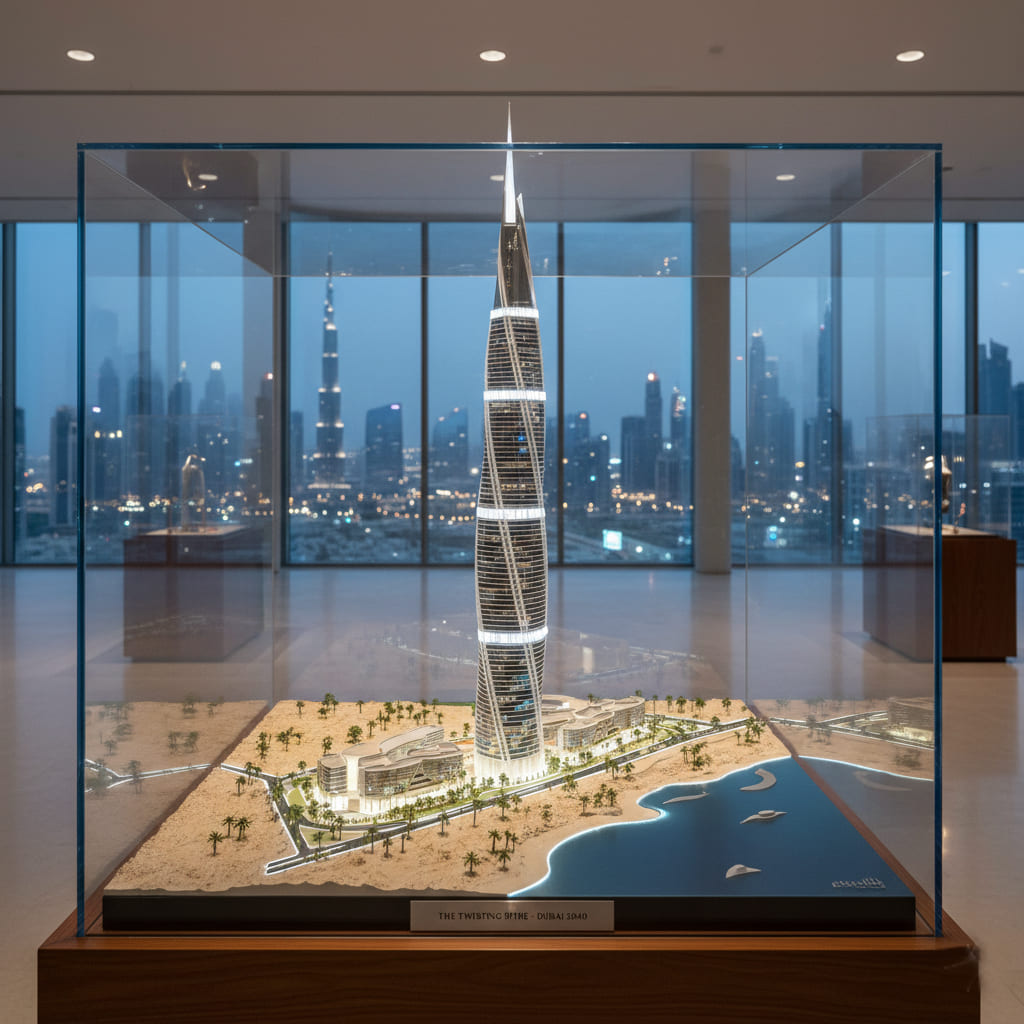
“The model wasn’t just a representation; it was the most effective sales tool we had. The quality and attention to detail were simply world-class.” – Development Director, Dubai Project
Case Study 2: A Sprawling Masterplan in Sydney, Australia
The Challenge: A developer needed a large 1:500 masterplan model for a new mixed-use community to present to the city council for final approval. The model had to clearly show the relationship between residential, commercial, and public spaces. The Outcome: The model provided the planning committee with a clear, intuitive understanding of the project’s scope. It streamlined the approval process and was later used as the primary marketing tool in the project’s sales center.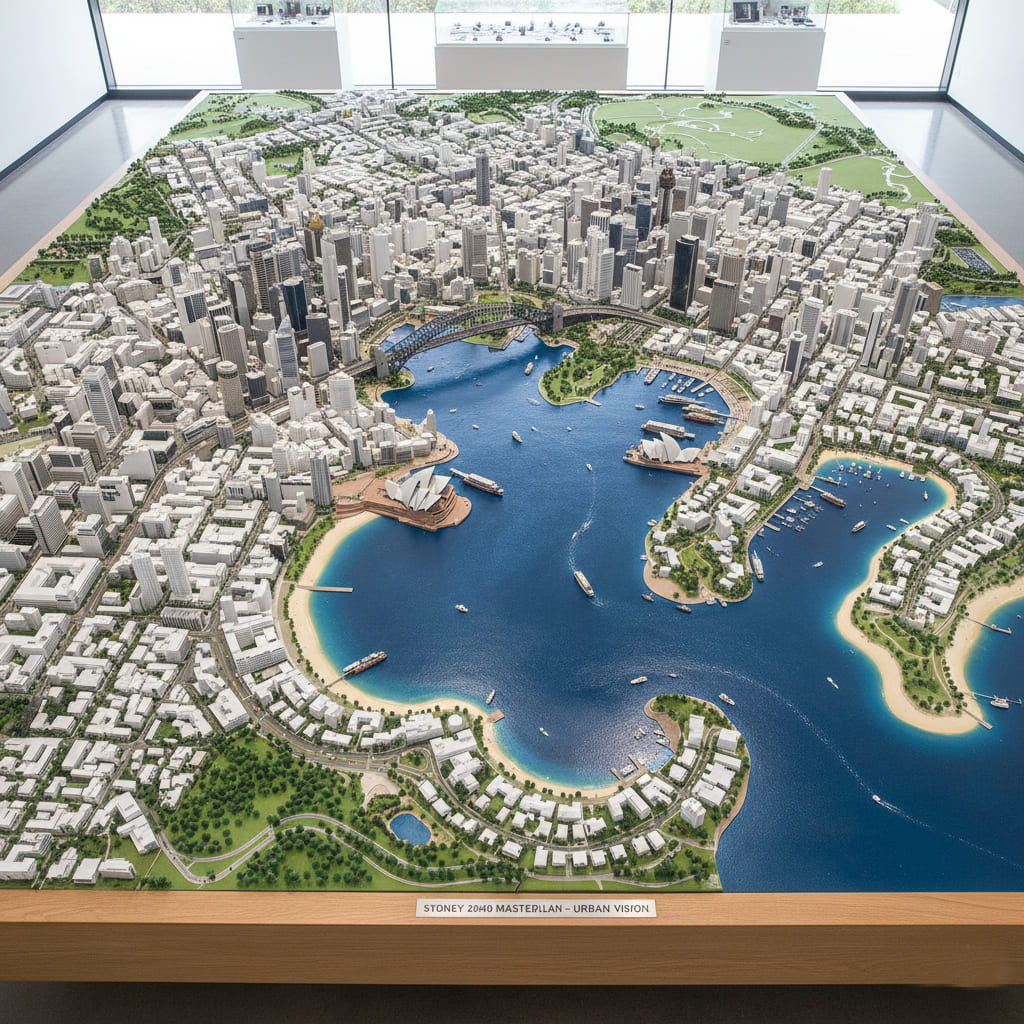
Case Study 3: An Interactive Museum Model in Berlin, Germany
The Challenge: A museum needed a model that was not just static but interactive, to help visitors understand the building’s unique layout and historical significance. Our Solution: We integrated augmented reality (AR) markers into the model. Visitors could use tablets to point at different parts of the model and see historical photos, videos, and information pop up on their screen. This project showcases the future of model making and interactive tech. The Outcome: The interactive model became a major attraction, significantly enhancing the visitor experience and receiving praise for its innovative approach to educational exhibition.Chapter 6: Frequently Asked Questions (FAQ)
Questions About Process & Timeline
What is the typical turnaround time for a standard residential tower model? While every project is unique, a typical high-detail residential tower model at a 1:100 scale usually takes between 8 to 12 weeks from receiving all necessary files to dispatch. How do you handle design changes mid-project? We have a formal process for this. Minor changes during the digital prep phase are usually easy to accommodate. For changes requested after manufacturing has begun, your project manager will assess the impact on cost and timeline and provide a clear change order for your approval before proceeding.Questions About Cost & Payment
How are architectural models priced? Pricing isn’t based on a simple formula but on a combination of factors including size, complexity, level of detail, materials, and features like lighting. Our detailed guide explains the 5 key factors that influence model cost. What are your payment terms? Our standard payment term is a 50% deposit to commence work and the remaining 50% balance upon completion, before shipping. We will provide photos and videos of the finished model for your final approval.Questions About Technology & Materials
What materials do you recommend for a hyper-realistic look? For realism, we use a combination of high-quality acrylics for glazing, ABS plastics for structures, and specialized resins for detailed components. The right choice is critical, as detailed in our guide to model materials. Can you incorporate interactive elements? Absolutely. We are experts at integrating technology, including tablet-controlled LED lighting and even augmented reality (AR) features to create truly engaging experiences.Questions About Logistics
Is shipping insurance included? Yes, all our shipments are fully insured against damage or loss from the moment they leave our facility until they arrive at your door, providing you with complete peace of mind. Do you provide on-site installation support? For very large or complex models, on-site installation support can be arranged. However, our models are designed and packed for easy assembly with clear instructions, and we are always available for remote support via video call.Ready to Bring Your Vision to Life?
A world-class model does more than just represent a design—it inspires confidence, persuades stakeholders, and accelerates success. It turns your architectural vision into a compelling, tangible reality that everyone can understand and get excited about.
If you’re ready to see how a professionally crafted model can elevate your next project, our team of experts is here to help. Contact us today for a free, no-obligation consultation and quote.
Get In Touch With Us!
Phone/WhatsApp:
Email:
Address:
Nanlong Industrial Park, PanYu District, GuangZhou
(Please send us by WeTransfer to [email protected]. if the files are larger than 20MB. )
The Ultimate A-to-Z Guide to 3D Rendering Terminology for Artists, Architects & Beginners
Have you ever sat in a meeting and felt completely…
A Look Inside Our Step-by-Step Model Making Process
From a set of complex digital files to a stunning…
A Complete Guide to the Types of 3D Architectural Rendering
3D architectural rendering encompasses a wide variety of visual types,…

